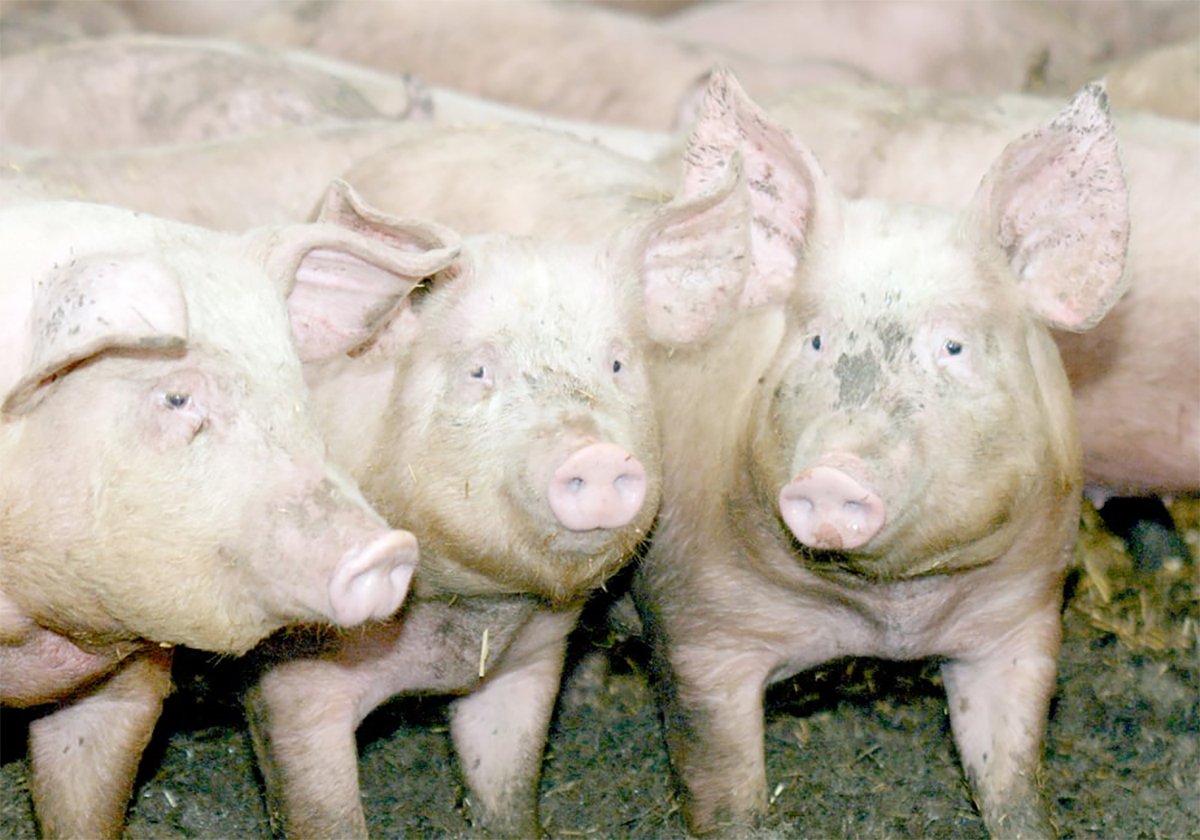RED DEER – Consumer confidence in South Korea and Japan remains the main barrier to increased beef sales from Canada and the United States.
Representatives from the two Asian countries speaking at the Alberta beef industry convention Feb. 18 agreed their countries need imported beef but restrictions continue because of BSE.
Japan will accept boneless beef from cattle younger than 21 months of age while South Korea accepts nothing from Canada.
However, that could change since Canada has moved from its past alignment with the U.S. where access had to be all or nothing.
Read Also

The Western Producer Livestock Report – October 2, 2025
Western Producer Livestock Report for October 2, 2025. See U.S. & Canadian hog prices, Canadian bison & lamb market data and sale insight.
Once Canada was willing to accept incremental access, the doors swung open to Hong Kong and new deals were signed with Jordan and Saudi Arabia, said Ted Haney of the Canada Beef Export Federation.
South Korea has not moved in Canada’s favour, which may lead to a challenge under the World Trade Organization, Haney said.
“Over the next few weeks we are going to see some fast movement to access or we are going to see a WTO case,” he said.
As for Japan, Canada and the U.S. want the Japanese age restriction lifted from 21 to 30 months.
Takeo Kudou, a major meat importer with the Japan Food Corp., agreed this would help increase beef supplies. Canada could potentially ship 22,650 tonnes, up from its present 3,400 tonnes.
“I hope the Canadian and Japan governments enter negotiations to lift the 21 month rule from Japanese imported beef as quick as possible to expand the beef supply,” Kudou said.
Canada has a good image among Japanese consumers.
However, at the government level controversy over BSE testing and traceback continues.
The Canadian government has not asked Japan if it wants all beef tested for BSE and Japan has not made complete traceback a requirement for further access.
When asked if trade might expand if Canada tested for BSE, Kudou said, “in my opinion if there was exactly the same testing, I would say yes.”
Beef demand in Japan is dragged down by a devalued currency and a lack of consumer confidence in beef since BSE was found there in 2001.
A loss of confidence in imported beef also delays Canada’s return to South Korea. It bought 19,000 tonnes of Canadian beef in 2000 and was Canada’s fourth largest offshore market.
South Korea lifted its ban on U.S. beef in May 2007 but disputes over bones found in shipments, other food safety violations and consumer backlash effectively kept beef out until June 2008.
Also slowing sales are a sluggish economy and depreciating currency, said Bohee Lue, secretary general of the Korea Meat Import Association.
However, Lue expects the Korean economy to pick up in the second half of this year so imported beef sales should gradually recover. At this point, the U.S. has 24 percent of the Korean market share at 53,292 tonnes. Australia has shipped 130,372 tonnes.
The U.S. launched an aggressive promotion campaign to introduce its beef to Koreans after the four year hiatus with limited success.
“U.S. beef sales have been slowly growing but restaurants are still reluctant to sell U.S. beef due to country-of-origin laws and consumer concerns,” Lue said.
A survey last year found 74 percent of Korean consumers said they will not buy U.S. beef this year while 26 percent are confident in the product. Only 15.8 percent purchased U.S. beef last year.
However, a free trade deal was signed with the U.S. and the beef should start moving with a 40 percent tariff disappearing by 2015.
Beef consumption is increasing in South Korea and the domestic herd cannot fill the demand. Still, Koreans prefer homegrown beef derived from the national breed, Hanwoo, which resembles Limousin. The beef is two to three times more expensive than imported product but people believe it is better and safer.
Canadian beef was well received before the 2003 ban. Once the border reopens, Canada could return to 15,000 tonnes and double that in the longer term. It was regarded as a good substitute for U.S. beef with similar quality and price.
“There are opportunities because the beef market is expected to grow and they like grain fed beef, however there are challenges for you to overcome. Concerns over BSE remain,” Lue said.
“It will be required for Canada to strengthen its PR to regain confidence in Canadian beef,” he said.
Canada will need to provide information on its feed ban, age verification and traceback system.

















